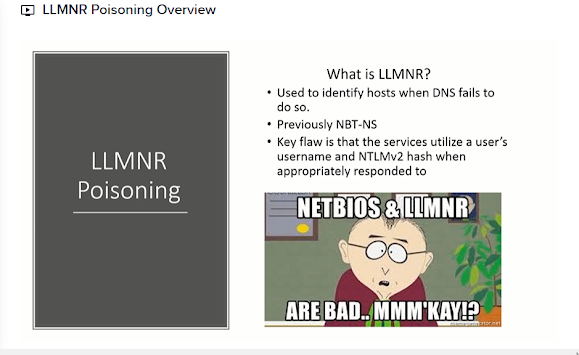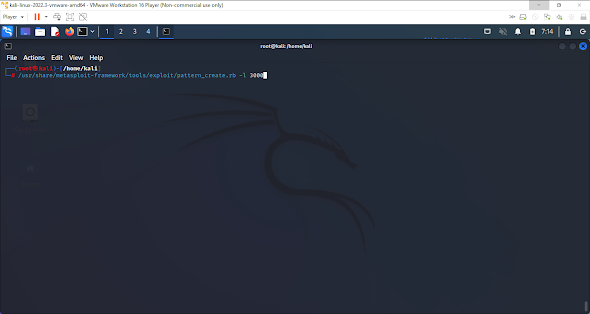Subdomain script

Here I am writing a script using a few different tools. Now this is a basic script and nowhere near an extensive script. This is the first go at it I had. Here is the correct way to write it for assetfinder. See we are making a final.txt file. Here we are harvesting with amass as well and adding it to final.txt For the sake of speed and space since this was training, I ran the script to have that experience and then I commented out the amass part of the script. Then we are going to probe for alive domain and put it into a new file of alive.txt Again this is just basic script but it was fun to play around with these new tools. Feel free to reach out on LinkedIn or Twitter





